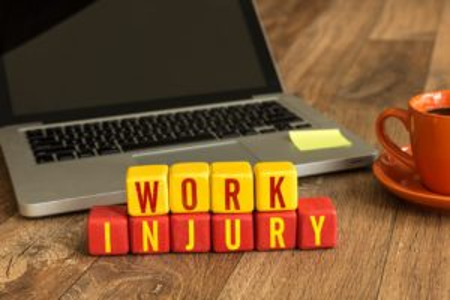Workplace injuries may cause major disabilities that affect an employee’s work and personal life. Workers that are employed in occupations which are more conducive to on-the-job injuries must make themselves aware of the types of injuries that they may sustain in order to take appropriate precautions and decrease the likelihood of their occurrence. Here is a list of some of the more common work-related injuries.
- Overexertion– This category includes injuries related to pulling, lifting, pushing, holding, and carrying activities at work. Statistically, overexertion has consistently been one of the most common workplace injuries.
- Slips, Falls– This category includes falls on wet and slippery floors. This type of injury may also occur in elevated areas like roofs, ladders, and stairways. Also included are injuries caused by slipping and tripping without falling.
- Contact Injuries– This category includes objects that fall from shelves or are dropped. These injuries may occur when a person accidentally runs into objects such as walls, doors, cabinets, and glass windows.
- Road Accidents– Trucks and cars used for business purposes may be involved in motor vehicle accidents.
- Equipment Interaction– This type of injury usually occurs where large and dangerous machinery is used. Operators of such machinery may have a limb or piece of clothing caught in such equipment resulting in serious injury.
- Repetitive Motion– This type of injury manifests itself over time and is less obvious than others on this list. Repetitive motions such as those involved with using a computer like typing and staring at a display monitor may cause back pain, vision problems, and carpal tunnel syndrome.
As it is up to both employers and employees to promote and ensure workplace safety, there are many things both can do to avoid workplace injuries. Repetitive motion injuries may be avoided by regular employee breaks. Overexertion injuries may be avoided by employees working within their abilities and enlisting the help of other employees when necessary. Comprehensive and strict employer policies regarding safety can reduce slip and fall and contact and equipment injuries. And of course, employees simply being more careful and vigilant while on the job will help increase overall workplace safety.

